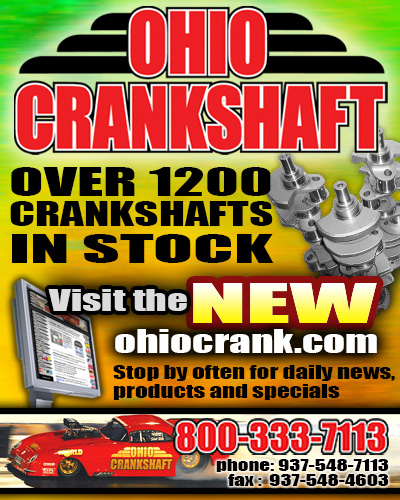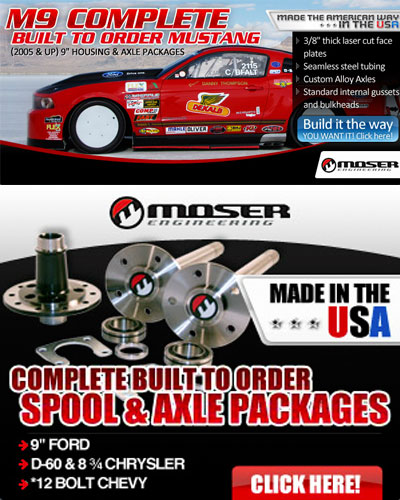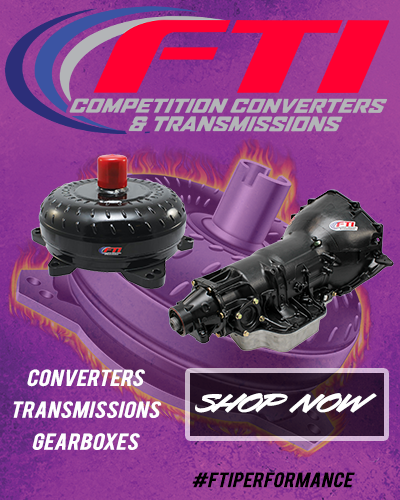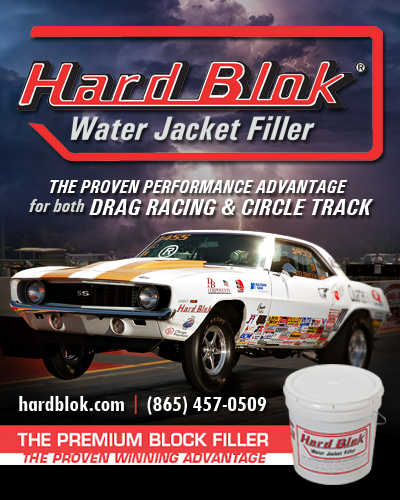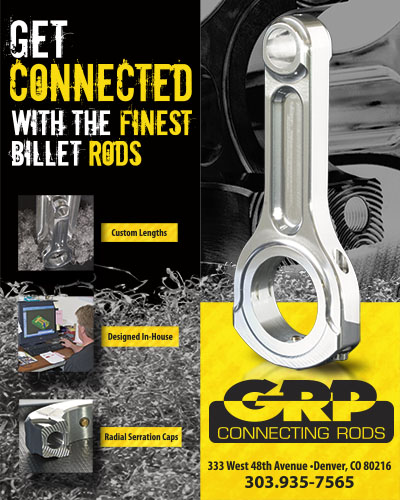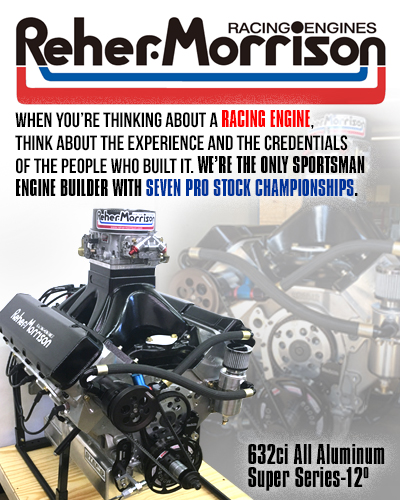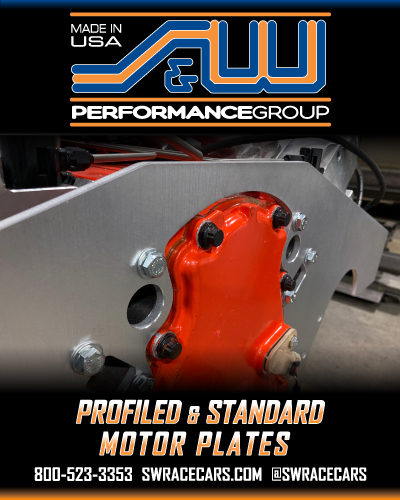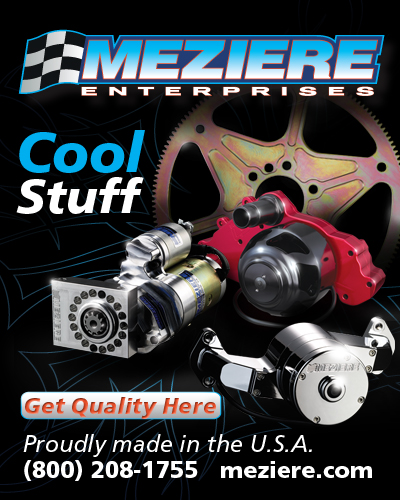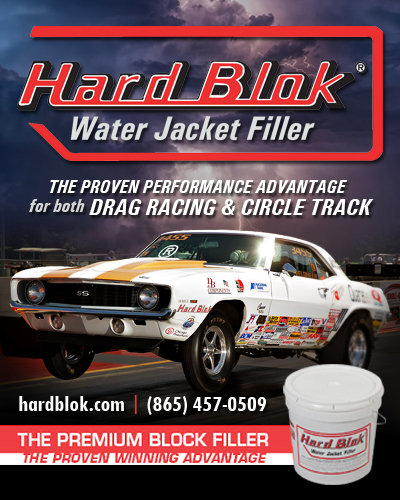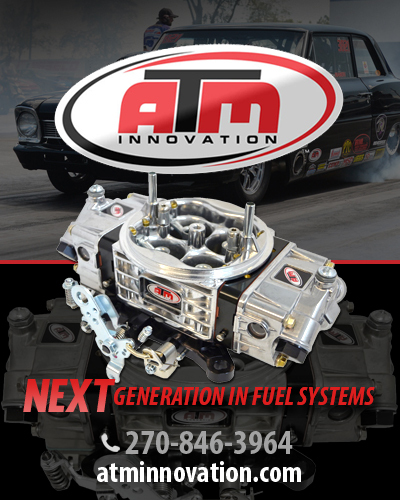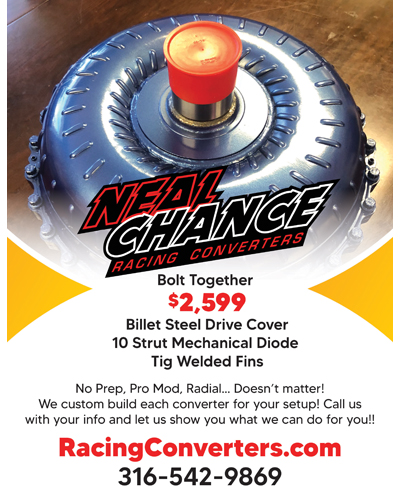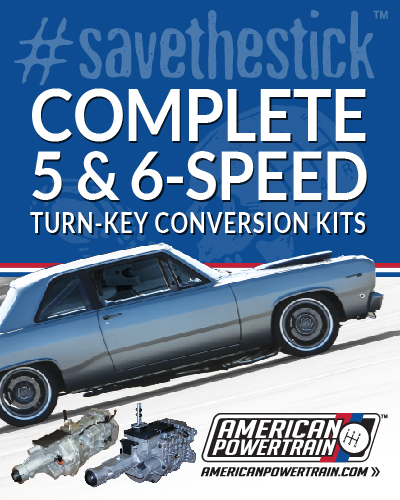ENCORE: WHEN BOB GLIDDEN ALMOST ENDED UP IN AN OLDSMOBILE
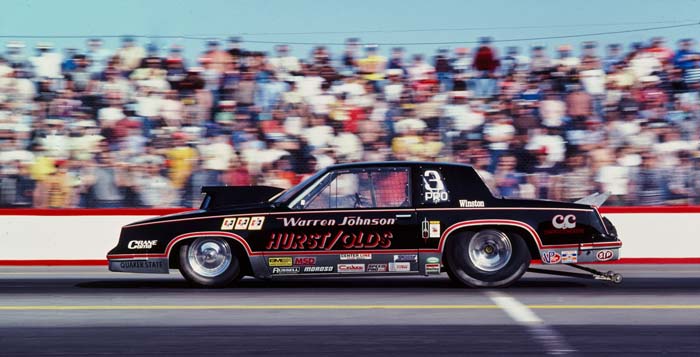
Originally published January 2007
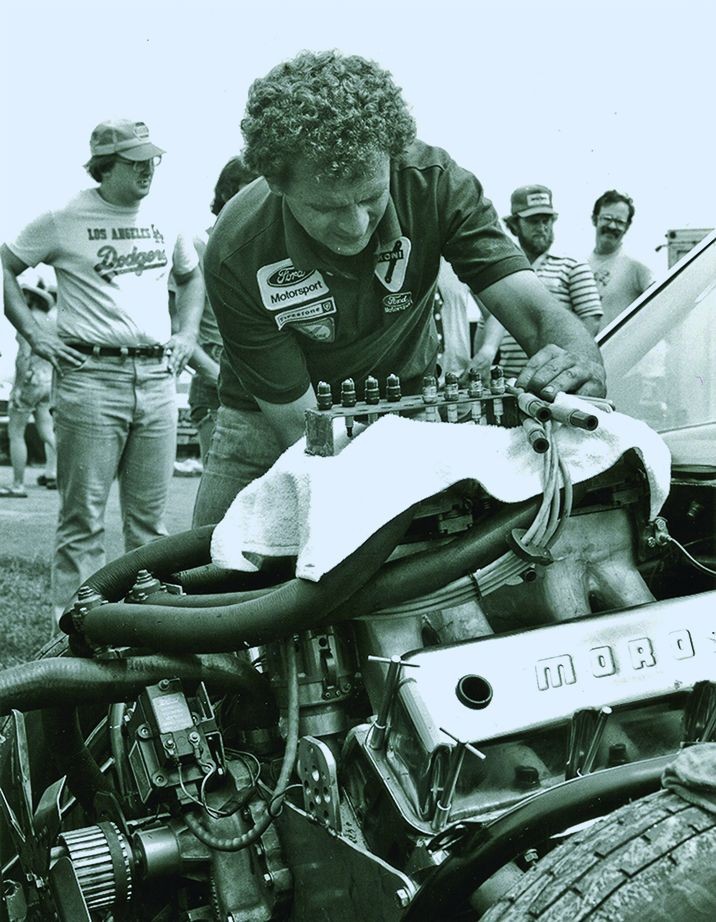 Some combinations are an institution in drag racing. For instance, we could always automatically assume that Bill Jenkins was a Chevrolet man, and the talented “Dyno Don” Nicholson was pretty much a Ford man at heart, and we always picture Ronnie Sox in a Mopar. In the same vein, we could always associate Bob Glidden with a Ford-powered entry. Sure there were the flirtations with a Chevrolet in 1976 at Indy and the record-setting season of 1979 in a Mopar, but for the most part, the cagey veteran from Whiteland, Ind., was always a dyed-in-the-wool Blue Oval man.
Some combinations are an institution in drag racing. For instance, we could always automatically assume that Bill Jenkins was a Chevrolet man, and the talented “Dyno Don” Nicholson was pretty much a Ford man at heart, and we always picture Ronnie Sox in a Mopar. In the same vein, we could always associate Bob Glidden with a Ford-powered entry. Sure there were the flirtations with a Chevrolet in 1976 at Indy and the record-setting season of 1979 in a Mopar, but for the most part, the cagey veteran from Whiteland, Ind., was always a dyed-in-the-wool Blue Oval man.
However, a little over two decades ago, unbeknownst to many Pro Stock aficionados, the Hoosier legend nearly ended up in an Oldsmobile as part of a revered Hurst/Olds project. Just what changed his path at the last minute? That answer may never fully be revealed on the record, but the word on the streets is that the folks at Ford objected, and at contract time, they flexed their muscles by strongly suggesting that those pursuing their star driver “cease and desist.”
Taking a ride in the time machine back to the storied season of 1982, the Pro Stock division was in a transitional stage. Gone was the pounds-per-cubic inch formula that had enabled Glidden to dominate so ruthlessly with his Fairmont-bodied machines. In was now a standard 500-inch ceiling, and the trend was to go for smaller compact vehicles such as the Ford EXP, which Glidden debuted. It’s no secret that that year was one of those in which Glidden would just as soon forget. It wasn’t that Glidden was unhappy with Ford; he just didn’t have a good year.
It was during that particular season that one of Glidden’s friends had a brainstorm which would see him included on a project that he was indirectly involved which Arlen Fadely was employed by Batten Heads, and from time to time, he ran into Glidden, both in business and at the race track. Fadely also did some prototype work for General Motors as well and had close ties to the Hurst Corporation.
Fadely caught wind of an upcoming Hurst/Olds project and immediately sought to prepare a proposal for a Competition Eliminator program.
“At first, I wanted them to do a Hurst/Olds Comp car,” Fadely explained. “Jim Cozzie and I convinced Olds to put X amount of dollars on each Hurst/Olds project within the race program. It was going down the path real well, but the more we talked, the more we realized that Pro Stock had taken off and was the place that we needed to be. I really got thinking about the deal and I knew I couldn’t race full time and still devote the time that such a new project would demand.”
Cozzie was the Director of Marketing at Hurst Performance at the time and was supportive of whatever suggestions Fadely made. Fadely openly suggested Glidden and the idea of getting the multi-time World Champion to join the project, and those involved were excited at the prospect. The former Super Modified racer-turned-corporate executive then decided to pursue the idea of putting Bob Glidden in a GM car.
“I asked Bob if he was interested because I knew he wasn’t getting a lot of money from Ford,” said Fadely. “When I was sure he was really interested, I talked to Tom Erb and Ed Korner and we decided to go down that path and start putting things together. The three of us went down to Glidden’s place in the spring of 1982.
”Part of the proposal called for Batten to develop a head for the Glidden project, and they came up with a concept. It was shortly after that when a gentleman named Dick Chrysler, who owned Cars & Concepts, which in turn owned Hurst, met with the Glidden family as well as Erb and Korner. With the contract scheduled for signing on the Friday at the NHRA U.S. Nationals, the project looked like a sure thing until early August. This was when things ceased traveling on a smooth path.
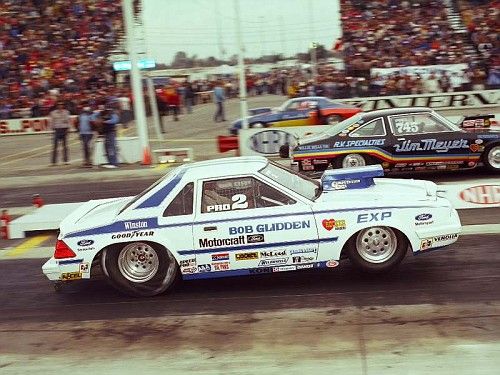
Glidden liked the proposal of running the Hurst/Olds as he’s later admitted, but always felt it was something that was too good to be true. Glidden stood to receive a substantial payday from the deal. So why did he consider leaving Ford?
“I loved the Ford stuff, and I enjoyed running their product, but this happened during a point and time in my career when I was trying to earn a living in drag racing,” Glidden recalled. “It wasn’t going to be an easy decision to make. But, we had to look at our future and how money would have affected the way we raced. We just were fortunate to have had success over the years and because of that we managed to always end up in the right place at the right time. I think this is what happened with this proposal.
“When they first approached me, it seemed like a deal that was too good to be true. I couldn’t think of a better way to describe it. C.J. Batten and I had been working on some development programs, and one day I was informed that the program was going to go to Warren Johnson. A drag racer can deal with just about anything that comes along, so I didn’t think much of the deal going away. I was shocked that it didn’t happen because it would have impacted us financially.”
For no apparent reason, C&C, who produced the special Hurst/Olds project, decided to withdraw their pursuit of Glidden. They signed Warren Johnson shortly after that.
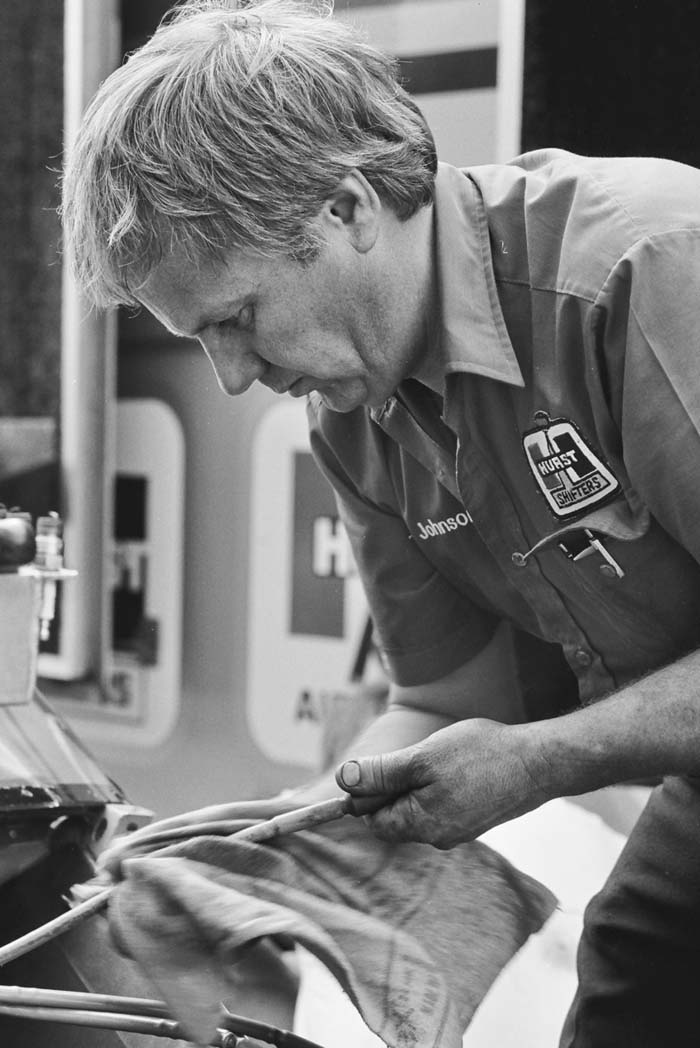
Sources indicate that upper management at Ford vetoed the move and reportedly used their “connections” to ensure it didn’t come to fruition. Apparently, Cars and Concepts was scheduled to produce the Mustang convertibles for Ford, and that was reportedly the ammo they used to negate the deal. An unnamed source revealed that the warning actually came from Edsel Ford himself, who bluntly informed the parties involved to “stop screwing around with Glidden” or the contract for the Mustangs would be pulled.
Make no bones about it; snagging Glidden would have created a lot of publicity.
“It would have stolen a lot of thunder,” admitted Fadely, who later went on to become the Motorsports Director for Oldsmobile. “Needless to say, that it would have sparked a lot of interest in Oldsmobile and that was exactly what we wanted.”
The attempted coup worked because the following season Glidden returned with increased involvement with Motorcraft, the parts marketing arm for the Ford Motor Company.
The subject was kept close to the vest by the parties involved for obvious reasons, but the most evident was their desire to surprise the racing world with the new project. Fadely had developed a relationship with Glidden when the two were “teammates” in the Chrysler family in 1979.
Cozzie was disappointed that things soured in their bid, but didn’t lose a lot of sleep over it. He tried to keep speculation to a minimum as well. The scenario still remains fresh in his mind after all of these years.
“We actually started the project in the middle of 1982,” recalled Cozzie. “It solidified during the U.S. Nationals that season. The whole deal was boiled down to Glidden and Warren Johnson. For the life of the program, as long as Cars and Concepts was involved, Glidden would have been there. Beyond that, there would have been speculation.”
So what was Cars & Concept? Cars & Concepts was a company owned by Dick Chrysler. He started with Hurst Performance when they had offices in Detroit. At the time, Hurst had an operation that installed t-tops on F-Bodied cars. In those early days, if you purchased a car from GM and wanted t-tops in it, Hurst did the work. Oldsmobile provided a lot of jobs for Hurst.
In another example, when the Chrysler Corporation came out with the K-Cars, C&C also created these innovative vehicles of the era. Shortly after that, Ford came out with the Mustang convertibles, and C&C fabricated them. When the idea for the Hurst/Olds creation came along, it was only a natural that they were selected for the job.
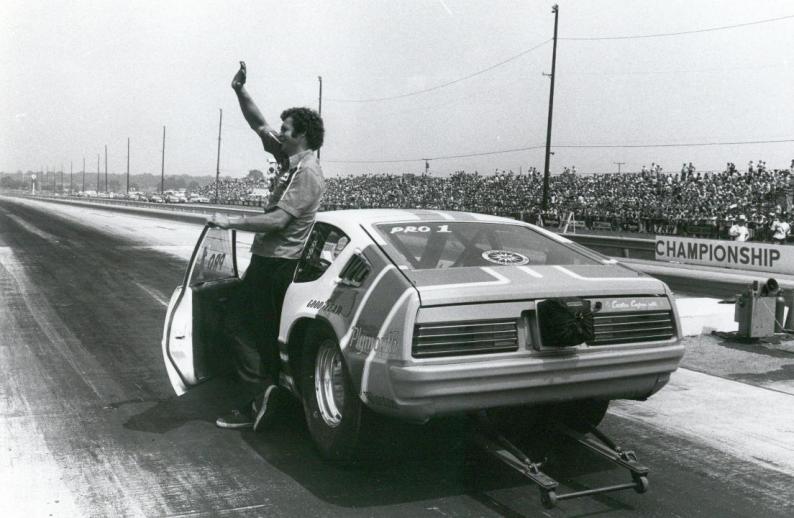
The cars were to be a production line Cutlass that was to be sent to C&C for the installation of the Hurst/Olds package. It is a common process for the major manufacturers to farm out these specialty cars with under 5,000 in production to other second party suppliers.
Contracts such as the Mustang convertible were crucial to a company like C&C, which ironically is no longer in business. It was sold off to a company called Masco.
“You have to understand that these companies know that once they start this project that one day it is inevitably going to end,” explained Cozzie. “With that said, you want to be in good standing with that company when the next project comes along. In a situation like that, they could have shelved the project, plus future ones.”
Reportedly, C&C was a $100,000,000 dollar company and in all likelihood, the loss of Ford contracts would have not bankrupted the company. In good business, however, the move would not have been wise.
One can’t help but wonder, though. If destiny had followed through and the Oldsmobile and Glidden alliance had come to fruition, Fadely believes the veteran’s resume would have been even more impressive with the GM involvement.
“There’s no question that he could have brought the same thunder and enthusiasm that he displayed on the track with Ford,” Fadely speculated. “You had an intense competitor like Glidden and a company like Oldsmobile that was up and coming in the class and looking to make a name. Ford didn’t really care about Pro Stock back then any more than they do now.”
With everything seemingly all sewn up and then to have it inexplicably fall apart, speculation runs rampant, especially amongst Fadely and Cozzie. Fadely will always be convinced that something was said or done to alter the course of these actions from taking place.
“I suspected that there were some things going on behind the scenes that I wasn’t included on,” confided Fadely. “I was really disappointed that this didn’t work out, because the deal had so much potential. I was not high enough on the ladder to really know all the details of what went on to kill the deal. To be honest, I don’t think that Glidden really knew all of the details. I can’t say who cut the strings, but the contract got pulled out at the last minute.”
“All I know is what Dick Chrysler told me,” explained Glidden. “I’d have to believe if it happened that way that it would have been unlawful. Here again, I have no regrets and the people that I met at Ford were good to me. If it happened, it happened. That’s the way the world turns.”
“I could never confirm nor deny why the deal fell through,” added Cozzie. “I do know the cost was high. It was much higher than it was in the early days with WJ. I can’t sit here and say that I didn’t think that there was a Ford issue. I’m sure there was. It’s like anything in the business world. Something like that has to tie together in about four different places to work.”

Glidden says it is hard to speculate on what could have been.
“I really can’t say whether it would have turned out any better,” Glidden admitted. “When you look at it, my racing career was already like a storybook. If I had sat down and wrote one, I don’t think I could have written it to turn out as good as it did. I refuse to look back with any regrets with anything I have done in my career.”
Cozzie does feel that everything turned out for the best when all things are weighed in.
“I think when we look at the ultimate outcome of this situation, I believe two things,” confided Cozzie. “I strongly feel that it made Glidden strong in the Ford camp because no one had really made a run at him. It also brought Warren into the deal solidly. He already had notoriety on his own, but it made him a national figure.
“WJ is one of the hardest working men I have ever known. I think everything turned out fine and because WJ already had Oldsmobile ties, it was a natural. When you look at the outcome, it couldn’t have been scripted any better. I’m not saying that on a personal basis because at the time we were running both Fords and Oldsmobiles down the line at the same time.”
In the end, it became apparent that Ford saw Glidden as a valuable commodity. He was hesitant to agree to that.
“I can’t really say yes or no as to whether Ford ever really saw us as a valuable asset,” explained Glidden. “I can tell you that in all my years at Ford, I acquired a lot of friends within the company. I do have to say from the bottom of my heart that I appreciated the support that Ford gave me over the years, but I also have to admit that the people in charge at Ford didn’t always see drag racing as a priority.”
Evidently they did in this situation. History will always offer the question: what if?


























